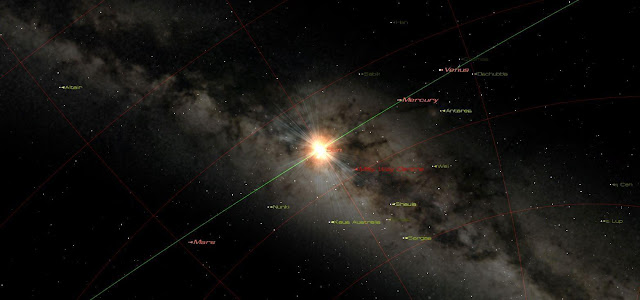Manufacturer: North American Rockwell Astronaut: Neil A. Armstrong Buzz Aldrin Michael Collins Country of Origin: United States of America Dimensions: Overall: 10ft 7in. x 12ft 10in., 13000lb. (322.6 x 391.2cm, 5896.8kg) Apollo 11 Materials: Primary Materials: Aluminum alloy, Stainless steel, Titanium The Apollo 11 Command Module, "Columbia," was the living quarters for the three-person crew during most of the first manned lunar landing mission in July 1969. On July 16, 1969, Neil Armstrong, Edwin "Buzz" Aldrin and Michael Collins were launched from Cape Kennedy atop a Saturn V rocket. This Command Module, no. 107, manufactured by North American Rockwell, was one of three parts of the complete Apollo spacecraft. The other two parts were the Service Module and the Lunar Module, nicknamed "Eagle." The Service Module contained the main spacecraft propulsion system and consumables while the Lunar Module was the two-person craft used by
